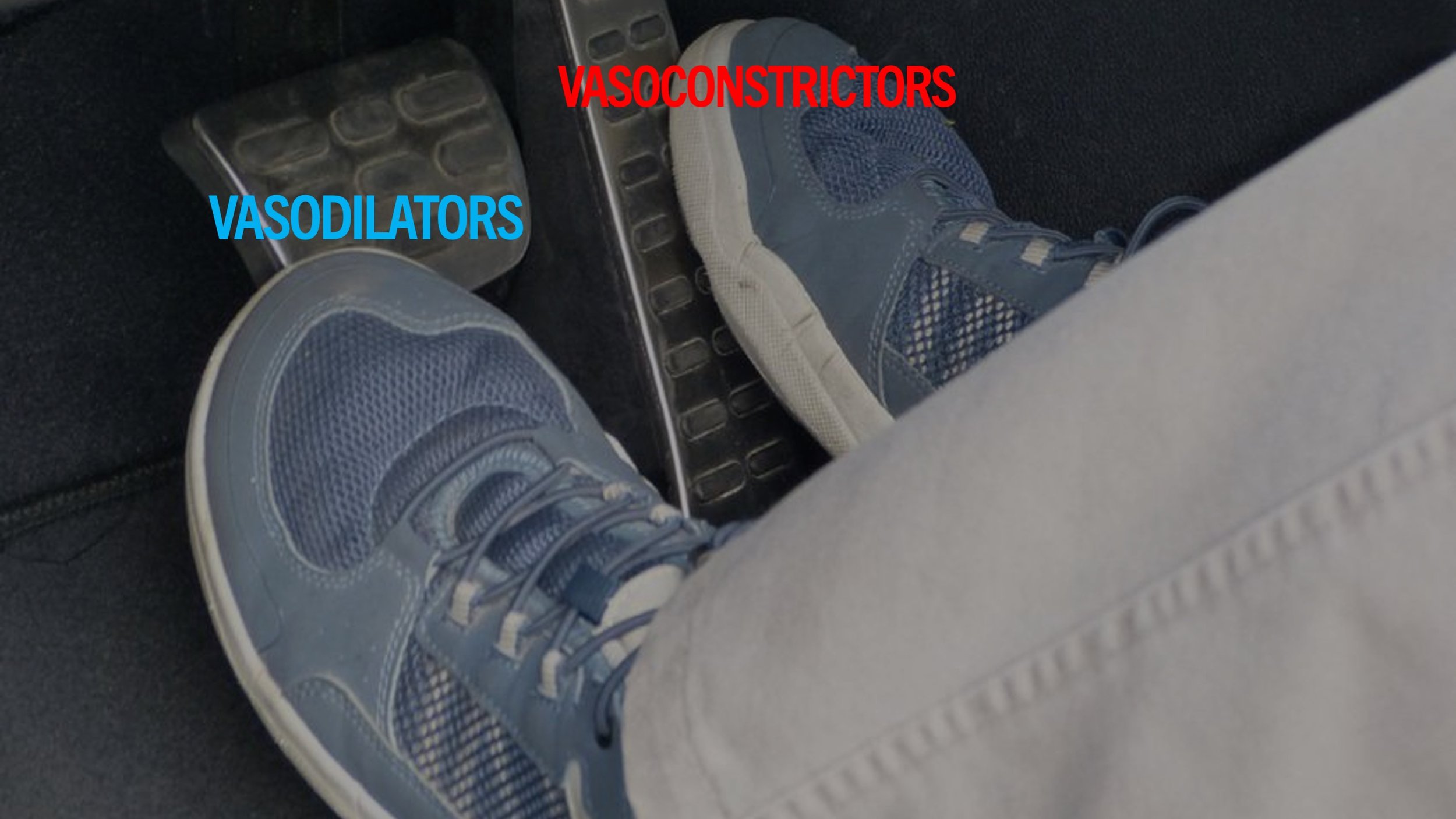Mini-Lecture: When Pressors Fail
Vasopressor refractory shock is a life threatening emergency with up to 60% mortality. What can we do for patients who remain vasoplegic despite high doses of multiple vasopressors?
The answer is vasopressors scavengers: hydroxycobalamin (CyanoKit) and methylene blue (ProvayBlue).
The key is understanding the physiology that underlies blood pressure, specifically that Systemic Vascular Resistance (SVR) is determined by the balance of vasoconstrictors and vasodilators. Typically, we augment SVR is vasodilatory shock by adding vasopressors (norepinephrine, vasopressin, etc). However, we can also increase SVR be removing vasodilators. This is the idea behind using vasodilator scavengers.
There are several clinical states in particular where vasodilator excess can occur:
Post-cardiac bypass (e.g. post-perfusion syndrome)
Unsurprisingly, higher levels of hydrogen sulfide and nitric oxide are associated with increased mortality in ICU patients with shock.
If you like analogies, you can think of SVR as the speed of car which is determined by how hard the driver depressed the brake (vasodilators) and accelerator (vasoconstrictors). In this analogy, the driver is pressing both pedals at the same time but alters the relative pressure on each to alter the blood pressure. Please don’t do this.
There are two widely available medications that can be used to address vasodilator excess. Hydroxycobalamin, which scavenges both NO• and H₂S, and methylene blue with scavenges NO•.
There is far more clinical data in support of the methylene blue including a recent meta-analysis of 7 RCTs demonstrating both an improvement in blood pressure (MAP), a reduction in vasopressor requirements, and a significant decrease mortality. Comparatively there is just a single RCT in support of hydroxycobalamin, and this trial found only a reduction in vasopressor dose and improvement in blood pressure (no mortality benefit). Importantly, this single study was underpowered to detect a survival benefit, so we really need more/larger studies.
There are other important differences between hydroxycobalamin and methylene blue including the side effects. Methylene blue has a risk of causing anaphylaxis, hemolysis (in people with severe G6PD), and serotonin syndrome (in people taking SSRIs, SNRIs, MAOIs, and other drugs). It is crucial to weight the risks when choosing between these two drugs!
Finally, both drugs can cause the patient’s urine to change colors: green with methylene blue & dark (“Burgandy”) red with hydroxycobalamin. The dark red color seen with hydroxycobalamin can be clinically signficant because it will interfere with the blood leak detector on hemodialysis machines. (This sensor is a safety feature that shuts down the machine if it detects blood in the dialysate because it can indicate a life-threatening leak within the dialyzer).
This table summarizes many of the differences between the two therapies:
This mini-lecture covers the physiology of vasopressor refractory shock as well as the pros & cons of each potential treatment. You can watch the slides my here or download the PPT.








